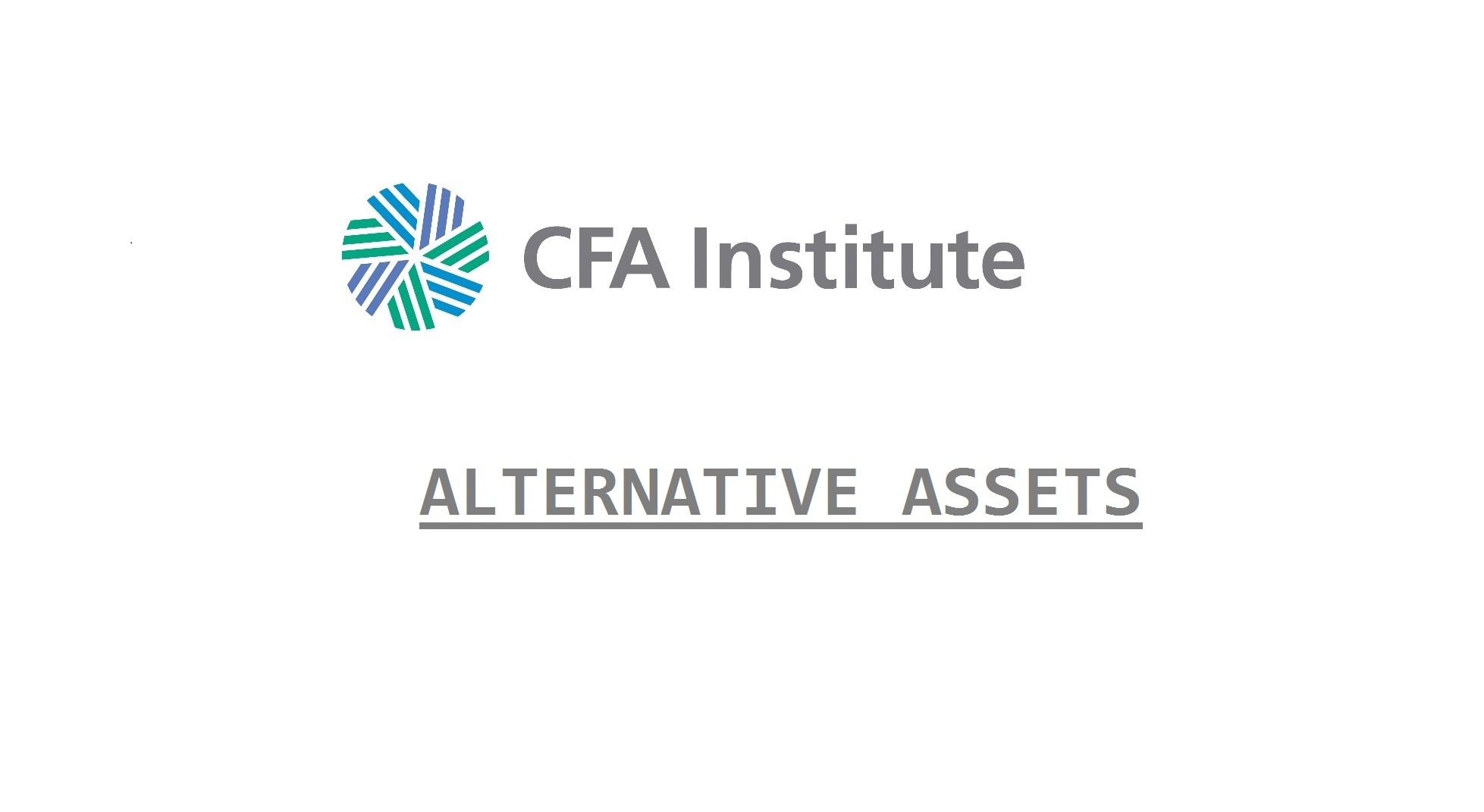The cost approach is often used for unique properties or properties with few comparable transactions.
- Estimate the market value of the land
- Estimate the buildings replacement cost
- Deduct depreciation which includes physical deterioration (wear and tear over time), functional obsolescence (loss in value resulting from defects in design that impairs a building’s utility, like inefficient design), locational obsolescence, and economic obsolescence (economic conditions which make replacement costs excess value of new building).
Note that physical deterioration can be incurable or curable. An item is incurable if the problem is not economically feasible to remedy. For example, the cost of fixing a structural problem might exceed the benefit of the repair. Since an incurable defect would not be fixed, depreciation can be estimated based on the effective age of the property relative to its total economic life. The age/life ratio is multiplied by and deducted from replacement cost minus the cost of fixing curable items so as not to double count items.
The cost approach is sometimes considered the upper limit of value since an investor would never pay more than the cost to build a comparable building. However, it’s not impossible for the market value to exceed the replacement value.
